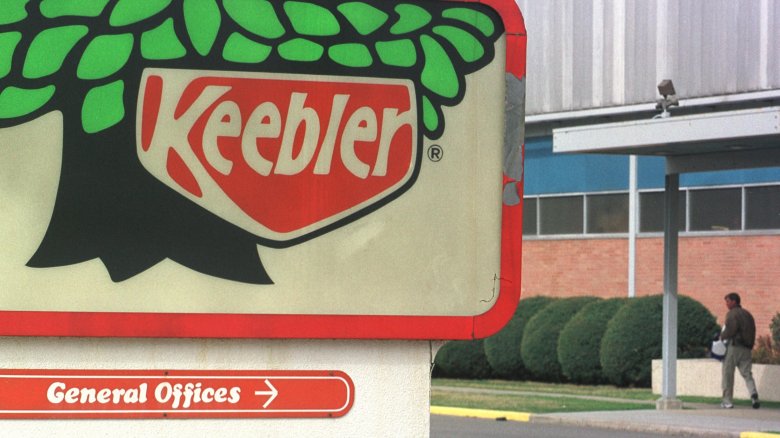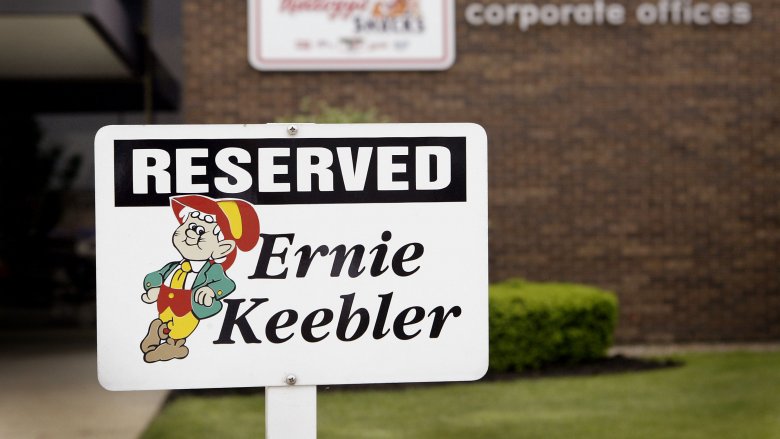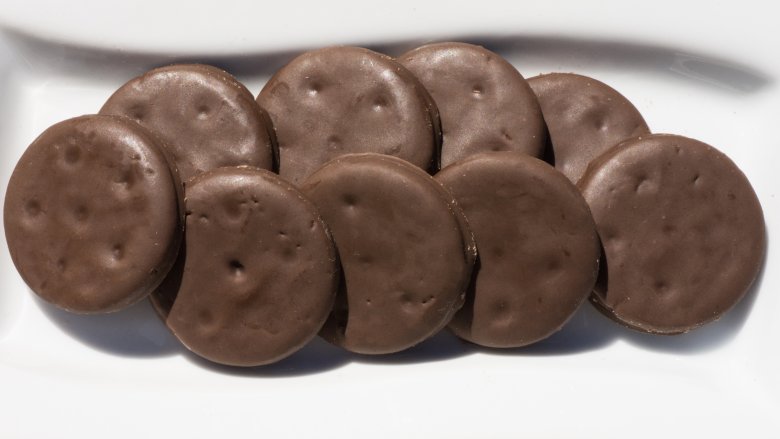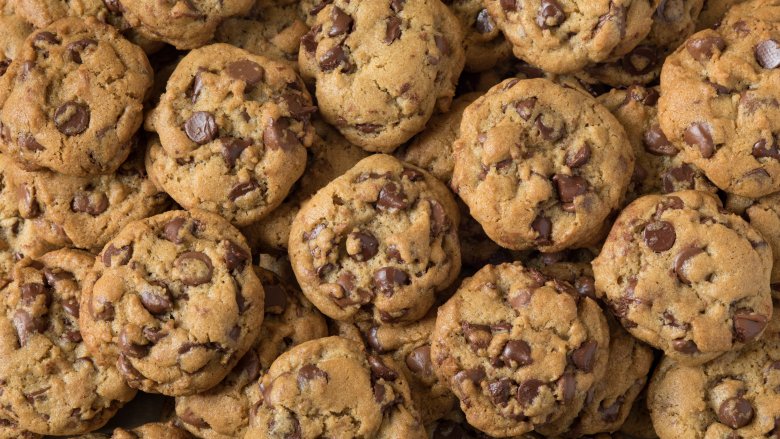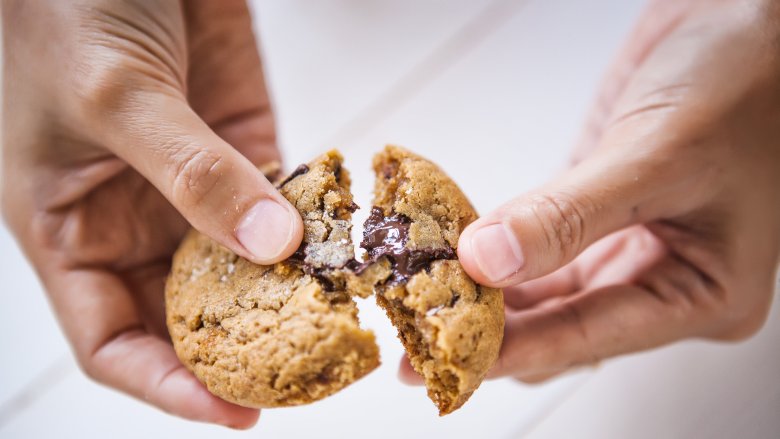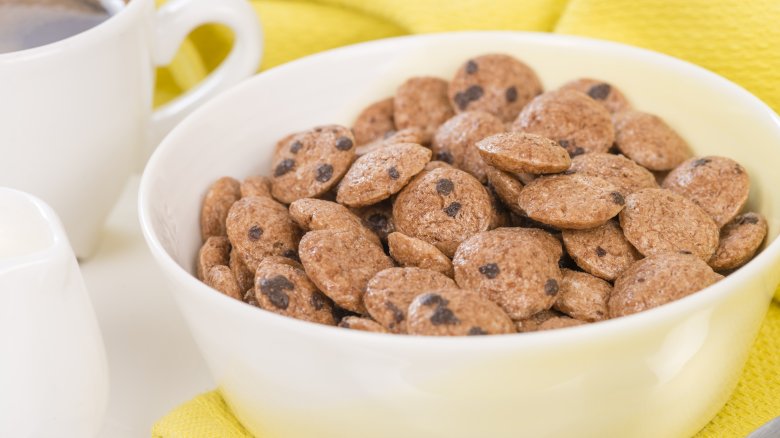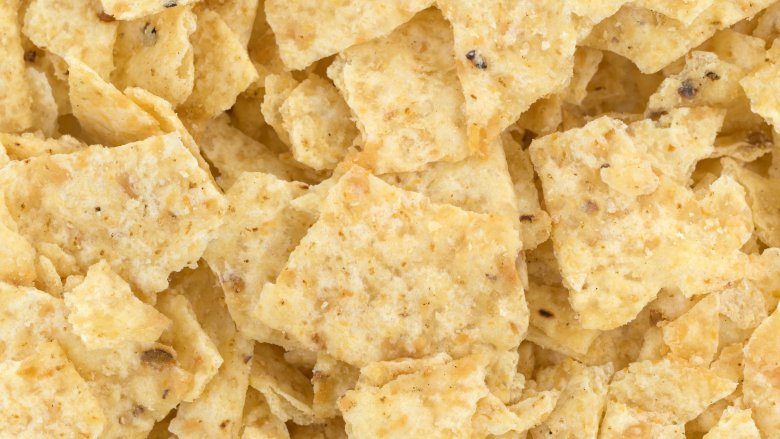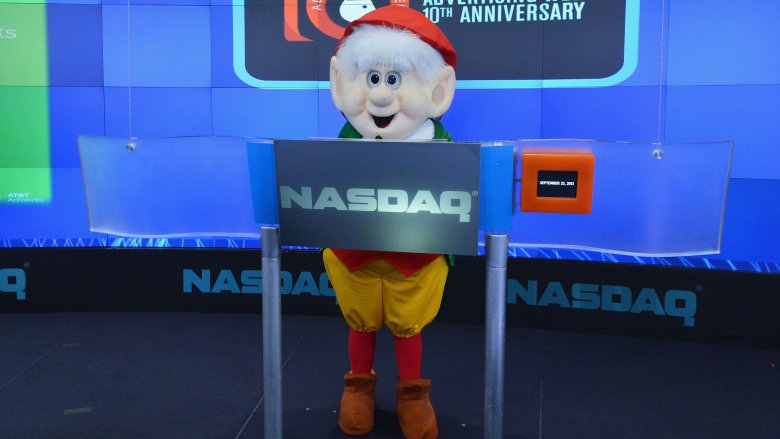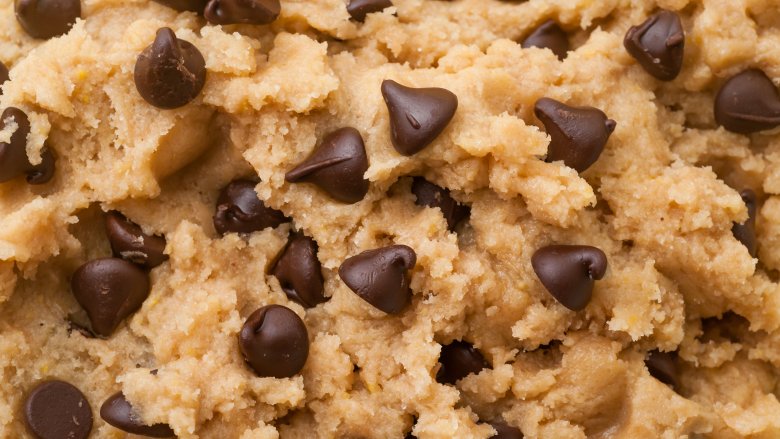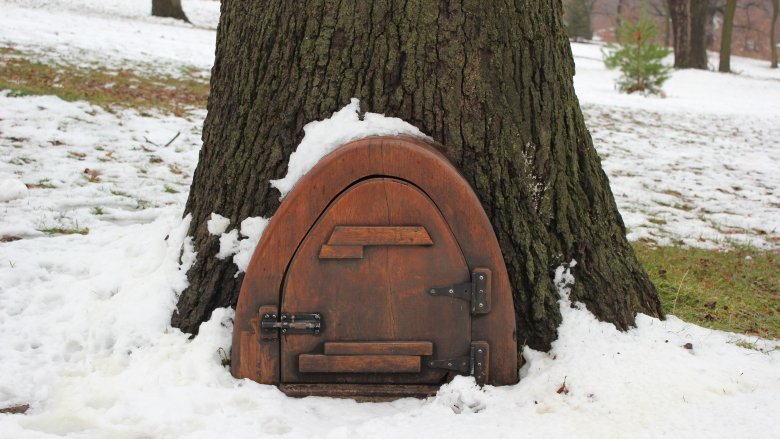The Untold Truth Of Keebler
Keebler's cookies, crackers, and the like have been American cultural staples for over 150 years. While the company has changed a bit over the years — it's since been acquired by another American giant, Kellogg — it remains a mainstay of cookie and cracker aisles nationwide. Though it's a well-known, well-recognized brand, there are surely some things that even the brand's most ardent and loyal fans just don't know. If those Keebler Fudge Stripes will always have your heart, here's some Keebler-related trivia you might not know yet, but should.
The elves aren't as old as you think
While Keebler began as a small bakery in 1853, its infamous Elves didn't make their appearance until over 100 years later. According to Mental Floss, Keebler, as you know it today, began when Godfrey Keebler, a German-born baker, invented the very first Keebler cookie at his bakery in Philadelphia. He incorporated in 1890, but died in 1893. By 1944, there were 16 Keebler bakeries in the United States. The company was acquired by other companies and continued to expand from there.
The elves (and their hollowed-out tree), however, didn't make their grand entry to the brand until Leo Burnett, the famed advertising titan, created them in 1969. J.J. Keebler, the first "head elf," graced TV screens across the country later that year.
Their Girl Scout cookies are similar for a reason
You may well-know that Little Brownie Bakers is one of the commercial bakeries licensed to make Girl Scout cookies, as the Dallas Observer reported. You even may have known that they're a Keebler subsidiary. But did you know that Keebler makes several types of cookies that are, let's say, awfully similar to those well-known confections that Girl Scouts sell each spring? Keebler's Grasshopper cookies will do in a pinch if your favorites are those minty, chocolatey cookies, while the Coconut Dreams taste just like the chocolate, toasty coconut versions.
There's actually a pretty good reason they're so similar. In fact, as CNBC reported, they're made in exactly the same factory. According to the Girl Scouts, however, Keebler's year-round cookie sales haven't affected their sales each spring. If a Girl Scout cookie craving hits outside of their normal selling season, head to your nearest Keebler-carrying grocery store for some that are pretty much just as good as the real deal.
They brought Famous Amos back to basics
That's right, two of America's most famous cookie companies once had a little bit of a tiff. As The New York Times reported, the Keebler Company had acquired Famous Amos, but offered founder Wally Amos a contract to promote his former cookies. Amos told The New York Times that the recipe that the Keebler Company was using had apparently been altered from his original, adding artificial caramel flavoring and a vanilla flavoring instead of extract, which Amos said is what he always used. Amos told Keebler that in order for him to take it up on its offer, it'd have to fix up the recipe, making the cookies something he could stand by once again. It worked.
Soft-baked cookies were a hard sell
Soft-baked cookies, meant to mimic homemade, are staples of the grocery store cookie aisle, but back in the 1980s, they were a bit of a tough-sell. According to The New York Times, the store-bought soft-baked cookies were difficult for the public to get behind because they didn't taste like homemade, but they were also a step down from fresh-baked chains like Mrs. Fields. Companies making the store-bought soft-baked cookies anticipated that they'd be popular, accounting for nearly a quarter of the cookie market. Instead, they stabilized at around 15 percent, meaning the market was a bit over-saturated. As a result, Keebler closed a Philadelphia-based factory — where the brand originated — due to low sales.
They're making breakfast, too
Cookies for breakfast may not sound like the best idea, but cookie cereal... that has a whole different connotation, right? At the very end of 2016, Keebler joined the breakfast menu with Keebler Cereal. According to Refinery29, it seems to be made up of both itty bitty chocolate chip cookies and chocolate puffs. While it was, initially at least, only available at a select number of grocery stores, keep your eyes peeled for this tasty treat.
The used to be in the chip business
Keebler is, in all likelihood, known best for its iconic American cookies, but the company also makes crackers and other products. One such product? Suncheros Tortilla Chips, which the company made in the '90s, according to The Los Angeles Times. While they might not still grace supermarket shelves, according to The Chicago Tribune, Keebler introduced both Suncheros Tortilla Chips and another product, O'Boises potato chips, in 1988.
A lot of the Keebler elves have names and character backstories
While the elves might seem to be fairly interchangeable, many of them actually have individual names, hobbies, talents, and character backstories. According to Mental Floss, after J.J.'s debut in 1969, Ollie, the singing, golfing elf appeared on the scene. After Ollie came Ernie, who is, perhaps, Keebler's most famous elf of all time. Ernie is the main mascot you likely think of even today. Many other elves appeared in Keebler ads over the years, including Flo the accountant, Buckets, who's in charge of dipping the cookies in fudge, and Zack, Hollow Tree's foreman.
They baked a 150-pound cookie for their birthday
Milestone birthdays are a big deal and come with a lot of pressure regarding how you're going to celebrate the occasion. The Keebler Company turned 150 years old in 2003. It celebrated by baking up a 150-pound cookie — the largest Keebler cookie ever made — at its headquarters in Elmhurst, Illinois, according to Mental Floss. How else would you expect employees to celebrate?
They turned everyday trees into hollow trees
You can't think of Keebler without thinking of that magic, hollow tree. Well, Leo Burnett (the agency this time) created a real-life Hollow Tree in Golden Gate Park in San Francisco, accord to Ad Age. After the tree caught the public's attention, Leo Burnett commissioned artists across the country to create tiny elf doors to be installed at the base of tree trunks. The campaign was intended to promote the idea of the magic of the brand in general, rather than selling any particular product. The Tiny Door Project resulted in about 40 doors in about 12 different cities.
